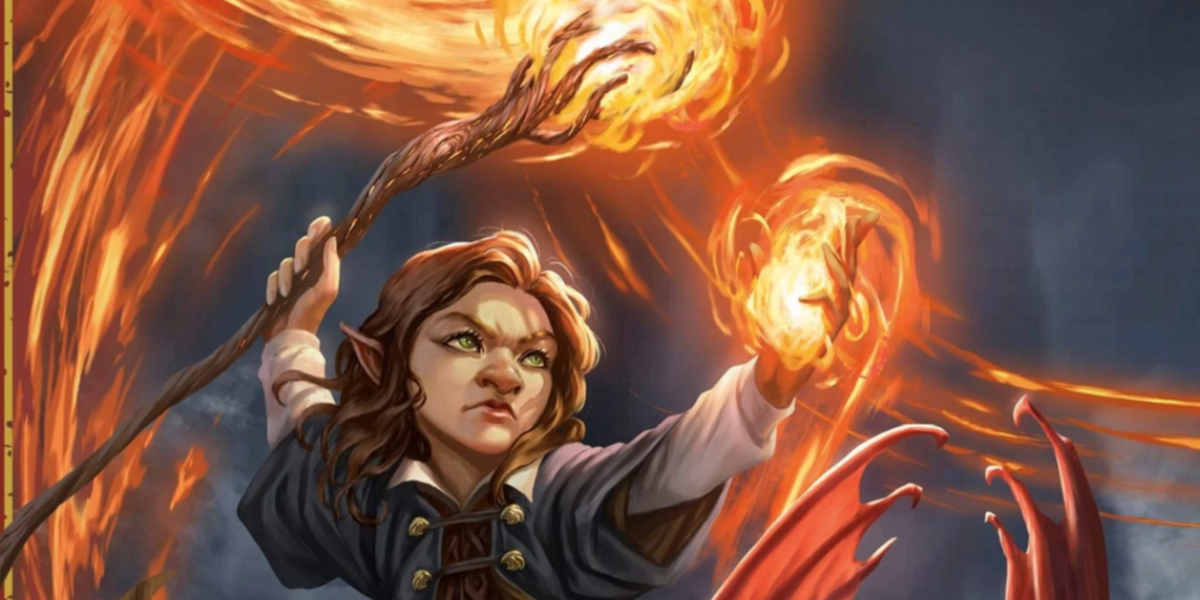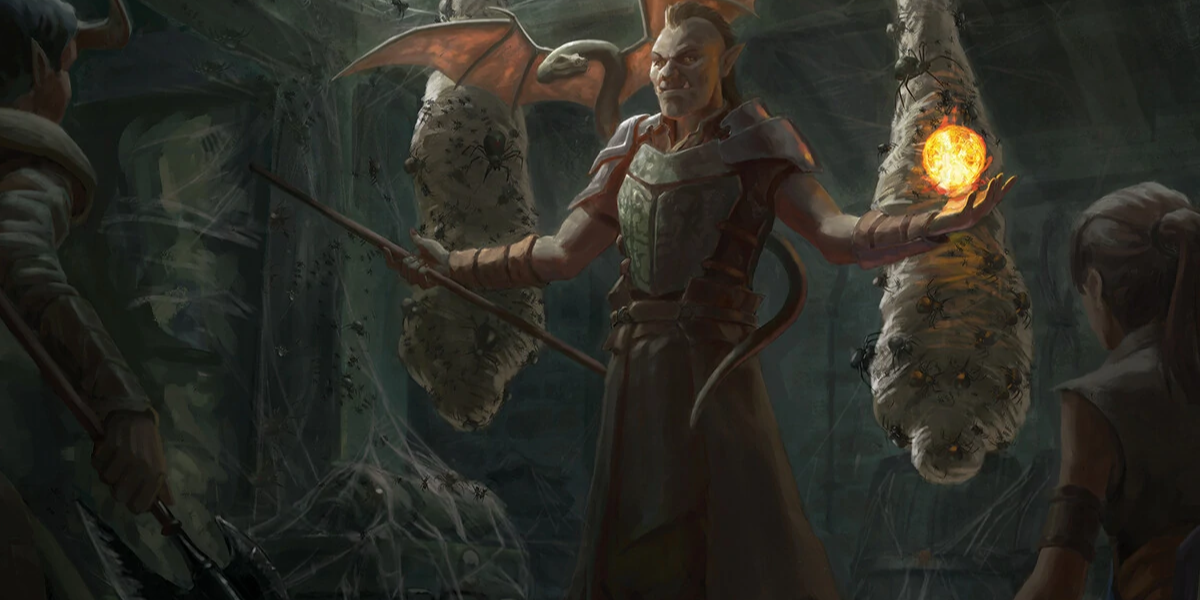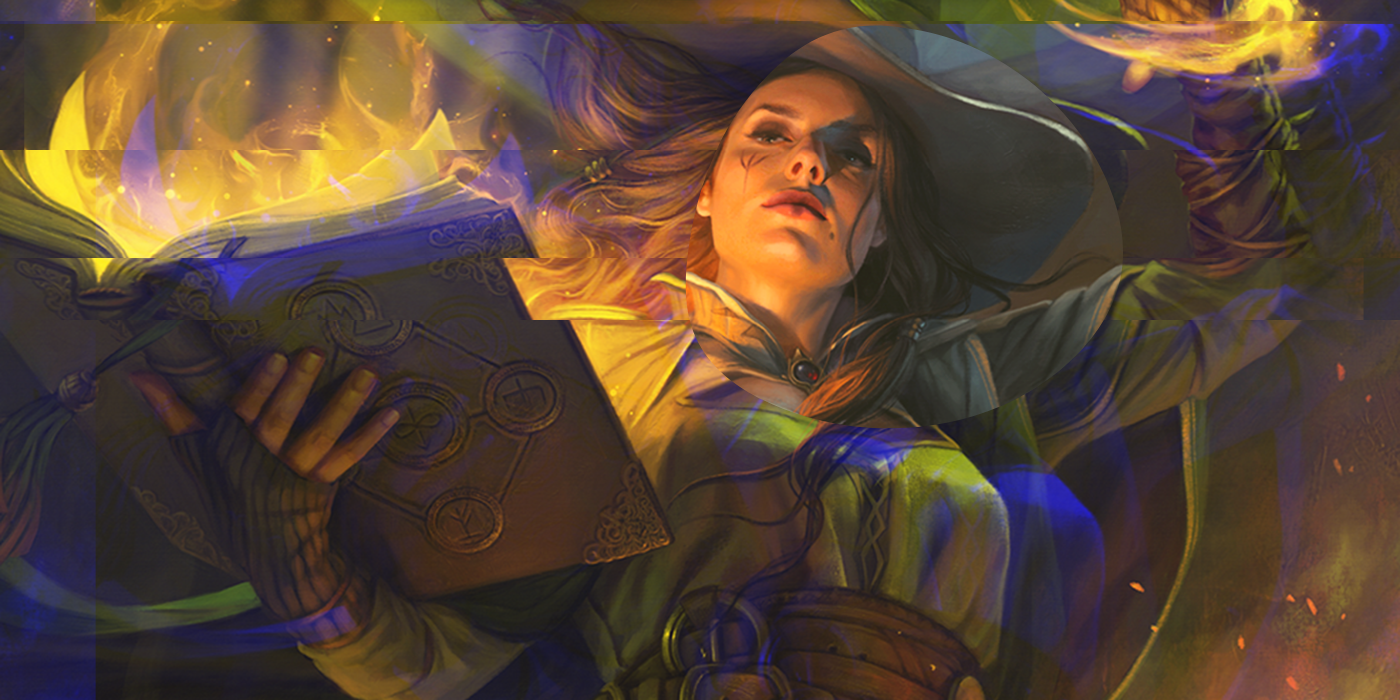So much of Dungeons & Dragons comes down to customization that it's incredibly common for Dungeon Masters to play fast and loose with the rules. Since DMs are the ones keeping the rules in their heads and juggling a million different game aspects, it's no wonder that those newer to the task may look for some shortcuts to make their job easier. Spell components are a tempting part of the rules to cut.
However, these shouldn't be ignored. Spell components are a crucial mechanic in the balance of Dungeons & Dragons Fifth Edition. Rather than viewing them as a limitation, however, DMs should embrace it as a storytelling opportunity. Spell components may just create some of the campaign's best opportunities for role-play.
Spell components are easy for new DMs and players to overlook. Without reading the rules to understand what the listed letters mean, it is not exactly intuitive that most spells require some combination of Verbal, Somatic, or Material components. What's even easier to miss is just how these aspects fit into the gameplay mechanics, limiting spellcraft in crucial ways that keep it from overpowering the characters who use it. It may be a tempting to ignore components or see them as a useless detail, but DMs who discard the requirements will find gameplay become unbalanced later on.
Verbal components are the easiest to satisfy of the three, but they create an important restriction in situations where spellcasting is necessary. Drowning or choking becomes far deadlier, as the ability to gag or silence spellcasters could disable or imprison a Player Character at crucial moments. Somatic components require the use of free hand making gestures to cast a spell, restricting most characters from gaining the full advantages of dual weapons or shields while spellcasting. Without either of those restrictions, spellcasters can remain effective in almost any situation, enjoying the advantages of non-spellcasting classes in an imbalanced way.
Material components are an even more important requirement, further restricting the caster's other hand and necessitating either specific materials or an arcane focus or holy symbol. This means a spellcaster can be disarmed just like a Fighter or Barbarian, evening the balance. Material components are even more important when it comes to powerful spells like Resurrection, as the consumption of the necessary materials limits how easily and often a spell can be cast. Without requiring a 1,000 gp diamond, the seventh level spell's mere existence would evaporate the threat of death against the players, something that a DM may not be thinking about when starting their party at level one.
Spellcasters are already inclined towards becoming the party's most powerful members, so the imbalance created by disposing spell components only exacerbates the situation. Rather than looking at components as a nuisance, DMs and players alike can view them as a springboard for role-play that creates some of a game's most vivid moments. Whether it's a DM setting up a side-quest to obtain a twig from a tree struck by lightning so the party's Wizard can cast Witch Bolt or it's a player plucking a wing from a giant eagle at a crucial moment so they can cast Fly, gathering spell components can create role-playing opportunities.
Even for DMs who play by the rules as written, it's tempting to make an arcane or druidic focus or a holy symbol readily available to players at lower levels. After all, it can be fun to get into spellcasting as soon as possible. However, making it difficult to obtain such items (or removing them at crucial points) only increases the drama. If balanced correctly the challenge can integrate into the gameplay to become a fun and engaging aspect of the story.



